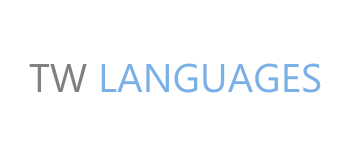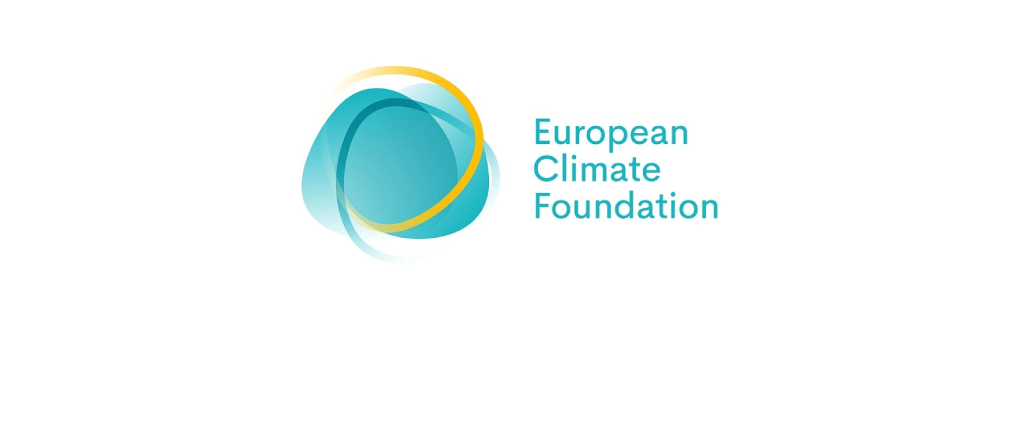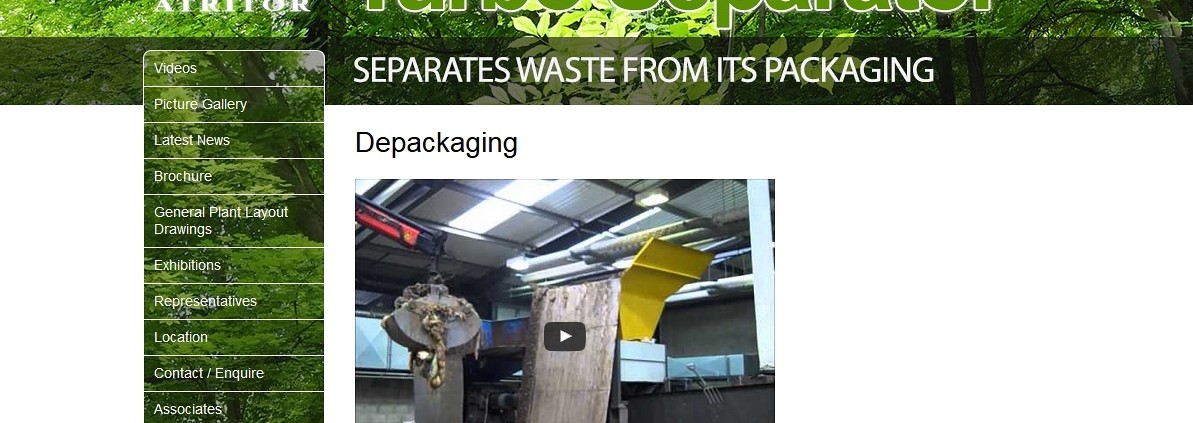Innovations in Neural Machine Translation: From Sequence-to-Sequence Models to Transformer Architecture
In recent years, the field of neural machine translation (NMT) has undergone a significant transformation, moving from basic sequence-to-sequence models to sophisticated transformer architectures. This evolution has not only improved the quality of translations but has also revolutionised the way we think about machine learning in translation. In this blog post, we will explore the innovations in neural translation technology, focusing on the advancements that have made AI-driven translation more efficient and accurate.
The Rise of Neural Machine Translation
Neural machine translation emerged as a response to the limitations of traditional statistical machine translation (SMT) systems. SMT relied heavily on predefined rules and statistical models, which often struggled with context and fluency. In contrast, neural machine translation leverages deep learning techniques, particularly neural networks, to create more cohesive and contextually aware translations.
The initial breakthroughs in NMT were largely attributed to sequence-to-sequence (Seq2Seq) models, which utilised recurrent neural networks (RNNs). These models were designed to handle input sequences of varying lengths and produce output sequences accordingly.
By employing an encoder-decoder architecture, Seq2Seq models could effectively capture the relationship between source and target languages, allowing for more accurate translations. However, despite their initial success, these models had limitations in handling long-range dependencies due to the vanishing gradient problem associated with RNNs.
The Shift to Transformer Architecture
The introduction of the transformer architecture in 2017 marked a turning point in the development of neural translation technologies. Proposed by Vaswani et al. in their seminal paper “Attention is All You Need,” transformers replaced the sequential processing of RNNs with a parallelised approach, significantly enhancing the efficiency of machine learning translation systems.
Transformers utilise a mechanism called self-attention, which enables the model to weigh the importance of different words in a sentence when generating translations. This not only allows the model to capture long-range dependencies more effectively but also improves the overall fluency and coherence of translations.
The transformer architecture consists of an encoder that processes the input sequence and a decoder that generates the output sequence, with both components leveraging self-attention layers to maximise contextual understanding.
Advantages of Transformer Architecture in Translation
The shift to transformer architecture has brought several advantages to the field of neural machine translation:
- Parallelisation: Unlike RNNs, which process data sequentially, transformers can handle multiple words simultaneously. This parallelisation accelerates training times and allows for the processing of larger datasets, ultimately leading to better performance in AI-driven translation.
- Scalability: The transformer architecture is inherently scalable, making it suitable for large-scale translation tasks. As the amount of training data increases, transformers can adapt and maintain high levels of performance, which is crucial for advanced translation technology.
- Improved Contextual Understanding: Self-attention mechanisms allow transformers to focus on relevant parts of a sentence, leading to a more nuanced understanding of context. This capability is particularly beneficial for languages with complex grammatical structures or idiomatic expressions.
- Transfer Learning: The transformer model has paved the way for transfer learning in translation. Pre-trained models like BERT and GPT-3 can be fine-tuned for specific translation tasks, resulting in improved translation quality without the need for extensive retraining.
The Impact of Deep Learning on Translation
Deep learning translation techniques, powered by neural network translation models, have transformed the landscape of machine translation. The integration of advanced deep learning methodologies into NMT systems has allowed for greater accuracy, fluency, and efficiency. Moreover, these innovations have led to the development of domain-specific models that cater to particular industries, such as legal, medical, and technical translation.
AI driven translation tools have become commonplace, with applications in various sectors including e-commerce, customer service, and content creation. Businesses are increasingly leveraging machine learning translation to bridge language gaps and enhance communication with global audiences.
The ability to provide instant translations has not only improved user experience but has also opened new markets for companies worldwide.
Challenges and Future Directions
Despite the significant advancements in neural machine translation, several challenges remain. One of the primary issues is the handling of low-resource languages, where the availability of training data is limited. Current NMT systems often struggle to deliver high-quality translations for these languages, highlighting the need for more inclusive and robust training methodologies.
Additionally, while transformers have improved contextual understanding, they still face challenges in dealing with ambiguous phrases, cultural nuances, and idiomatic expressions. Further research is needed to enhance the models’ ability to navigate these complexities effectively.
Looking ahead, the future of neural machine translation will likely involve continued innovations in architecture and methodology. As the field evolves, we may see the incorporation of multimodal translation systems that combine text, audio, and visual inputs to create richer translation experiences.
Furthermore, the integration of ethical considerations and bias mitigation strategies will be essential to ensure that AI-driven translation technologies are fair and equitable.
Conclusion
The innovations in neural machine translation have significantly transformed the landscape of translation technology. From the foundational sequence-to-sequence models to the groundbreaking transformer architecture, advancements in machine learning in translation have led to improved accuracy and efficiency.
As deep learning translation continues to evolve, it will be exciting to observe how these technologies reshape our understanding of language and communication in an increasingly interconnected world.
In this era of advanced translation technology, the potential for neural network translation is only beginning to be realised. As researchers and practitioners continue to push the boundaries of what’s possible, we can expect even more remarkable innovations in the field of AI-driven translation, ultimately making the world a smaller, more connected place.
TW Language’s Professional Document Translation Services Have Got You Covered
At TW Languages, we offer affordable document translation services. Our technical translators have the expertise to deal with the most obscure technical jargon, giving accurate written materials in your chosen language. Our UK technical translation services can help you achieve significant sales for your products or services in a diverse range of markets across the globe.
We offer fast document translation services that cover a wide range of documents, including:
- Advertising materials and brand promotion
- Assembly instructions
- Equipment manuals and documentation
- Packaging and Labelling
- Patents
- Product brochures and guides
- Safety information
- Scheduling documentation
- Technical data sheets
- Testing documentation
- Training documents and records
Contact Us Now and Transform Your Technical Documents for Global Success!





